Bogota – Colombia's Mega City Capital
When I decided to continue on to Colombia from Panama on this trip, I had to decide how much of the country to try to see
. Colombia is a big place with a lot to see that takes a while to get around. At first I thought I would just take in the Caribbean Coast, a part of the country where weather at that time of year was good and is isolated by a significant distance from the Andean Highlands. Then I discovered it would be much cheaper to fly home from Bogota or Medellin than to book a flight directly from Santa Marta, so I decided to add them to my itinerary.
Late March and early April still good time of year for northern Colombia. The dry and rainy seasons in the north correspond with those in most of the Caribbean and Central America with rains mostly May to November. In the rest of Colombia, though, rainiest times are similar to those in other places close to the Equator generally correspond with or follow the two equinoxes and dry periods around and following the solstices. Wikipedia’s climate average stats for Bogota are for very little sunshine and lots of rain in April. True to normal weather patterns despite being an "El Nino" year, it was overcast for almost entire four days in Bogota and rained for much of it, hard at times
. Fortunately, there are many things to do indoors in the city including numerous good museums, but the weather kept my movements fairly central.
Bogota is located on a relatively flat high plateau called the Sabana de Bogota at around 8,500 feet altitude, making it South America’s third highest capital city after La Paz and Quito. You don’t get much of a sense that you’re so high in the eastern cordillera of the Andes until you start walking around, though. After a lot of time in the lowlands since Guatemala I could definitely feel the elevation.
If the weather had been better I would likely have ventured farther in Bogota and walked a long distance through the swanker northern parts of the city to get more of a sense of the place even if there’s not much in the way of sights there. It’s always interesting to see more of a big city to understand how people there live (and how you might live yourself if a work project ever took you there)
. I only saw the north side of Bogota, though, from a taxi on the way to and from the salt cathedral at Zipaquira north of the city. My driver did point out the posh high rise building where he said Colombian pop singer Shakira lives. ”That’s nice! So how long until the traffic will end?”
My two day trips out took me through vastly different sides of Bogota. To the north are the upper and middle class neighborhoods that look like the affluent parts of cities in America and other wealthy countries. To the south is the massive sprawl of industrial areas and informal neighborhoods, the homes of peasants who flocked to city from around the country during twentieth century and built their houses themselves with inexpensive materials. Similar neighborhoods surround all Latin American cities and probably house the majority of the population. I am not sure if it’s accurate to call them slums, since most are functioning neighborhoods of struggling lower income people and are full of small businesses.
Bogota is built at the edge of a mountain ridge immediately to its east. There are several hilltop religious sanctuaries on the peaks two thousand feet above the city including Monserrate on the mountain beside the central part of the city. When the weather briefly cleared on Sunday morning I decided it would be a good time to go up even if it was likely to be one of the busiest times of the week when everyone was off from work and school and a mass was taking place
. Unfortunately, the weather was still very hazy and visibility of the city below quite poor. Unlike Medellin where cable cars are part of the urban mass transit system, the cable car and funicular to Monserrat are used entirely by visitors to the shrine and mountain park. Prices are accordingly high for Colombia.
Overall I found Bogota to be somewhat overwhelming, a huge city with supposedly around nine million inhabitants. With no underground metro system it’s often choked in traffic that barely moves, something only partially alleviated by the Transmilenio, a system of dedicated bus lanes which enables busses on some routes to move rapidly through the massive parking lot that it Bogota streets. I was warned to give myself hours to get to the airport because it sometimes takes that long, but at 4:30 A.M. for my early morning flight that wasn’t an issue for me. Bogota also has a reputation as a dangerous place with a very high crime rate. I think that’s improved significantly in recent years as security throughout the country has gotten better. Although I didn’t have problems or feel unsafe, there were several times when I was told by locals to keep my camera hidden, something I usually don’t worry too much about during daylight hours in busy places.
Bogota - Colombia's Megacity Capital
Saturday, April 02, 2016
 Bogota, Colombia
Bogota, Colombia
Other Entries
-
35Western Panama - Bike Ride from Divide to Pacific
Mar 0825 days prior Gualaca, Panamaphoto_camera24videocam 0comment 0
Gualaca, Panamaphoto_camera24videocam 0comment 0 -
36Bike Ride Through Cattle Country and the Beach
Mar 0924 days prior Santiago, Panamaphoto_camera14videocam 0comment 0
Santiago, Panamaphoto_camera14videocam 0comment 0 -
37Panama Canal - Century Old Engineering Marvel
Mar 1023 days prior Miraflores, Panamaphoto_camera57videocam 0comment 0
Miraflores, Panamaphoto_camera57videocam 0comment 0 -
38Casco Viejo - Panama City's Gentrifying Old Town
Mar 1122 days prior Panama City, Panamaphoto_camera96videocam 0comment 0
Panama City, Panamaphoto_camera96videocam 0comment 0 -
39Panama City - Like Miami Except With More English
Mar 1221 days prior Panama City, Panamaphoto_camera103videocam 0comment 0
Panama City, Panamaphoto_camera103videocam 0comment 0 -
40San Blas Islands - Sailing Through the Caribbean
Mar 1320 days prior El Porvenir, Panamaphoto_camera71videocam 0comment 0
El Porvenir, Panamaphoto_camera71videocam 0comment 0 -
41Sailing to Colombia on the M/S Quest
Mar 1518 days prior El Islote, Colombiaphoto_camera57videocam 0comment 0
El Islote, Colombiaphoto_camera57videocam 0comment 0 -
42Old Cartagena - Jewel of Spanish Caribbean
Mar 1716 days prior Cartagena, Colombiaphoto_camera150videocam 0comment 0
Cartagena, Colombiaphoto_camera150videocam 0comment 0 -
43Santa Marta - Gateway to the Sierra Nevada
Mar 1815 days prior Santa Marta, Colombiaphoto_camera36videocam 0comment 0
Santa Marta, Colombiaphoto_camera36videocam 0comment 0 -
44Ciudad Perdida Trek Part I - Four Days on Trail
Mar 2013 days prior Don Diego, Colombiaphoto_camera84videocam 0comment 0
Don Diego, Colombiaphoto_camera84videocam 0comment 0 -
45Ciudad Perdida Trek Part II - The Lost City
Mar 2112 days prior La Ciudad Perdida, Colombiaphoto_camera55videocam 0comment 0
La Ciudad Perdida, Colombiaphoto_camera55videocam 0comment 0 -
46The Guajira Peninsula - Northernmost South America
Mar 258 days prior Punta Gallinas, Colombiaphoto_camera90videocam 0comment 0
Punta Gallinas, Colombiaphoto_camera90videocam 0comment 0 -
47Medellin - City of the Eternal Spring
Mar 285 days prior Medellin, Colombiaphoto_camera107videocam 0comment 0
Medellin, Colombiaphoto_camera107videocam 0comment 0 -
48Medellin - Innovation in Transportation
Mar 294 days prior Medellin, Colombiaphoto_camera48videocam 0comment 0
Medellin, Colombiaphoto_camera48videocam 0comment 0 -
49El Poblado - Medellin's Zona Rosa
Mar 303 days prior Medellin, Colombiaphoto_camera55videocam 0comment 0
Medellin, Colombiaphoto_camera55videocam 0comment 0 -
50Santa Fe de Antioquia - Colonial Era Beauty
Mar 312 days prior Santa Fe de Antioquia, Colombiaphoto_camera78videocam 0comment 0
Santa Fe de Antioquia, Colombiaphoto_camera78videocam 0comment 0 -
51Fat is Beautiful - The Art of Fernando Botero
Apr 011 day prior Medellin, Colombiaphoto_camera127videocam 0comment 0
Medellin, Colombiaphoto_camera127videocam 0comment 0 -
52Bogota - Colombia's Megacity Capital
Apr 02 Bogota, Colombiaphoto_camera67videocam 0comment 0
Bogota, Colombiaphoto_camera67videocam 0comment 0 -
53March Against FARC - Thousands Rally in Colombia
Apr 02later that day Bogota, Colombiaphoto_camera87videocam 0comment 0
Bogota, Colombiaphoto_camera87videocam 0comment 0 -
54Art, History, Anthropology -Bogota's Great Museums
Apr 031 day later Bogota, Colombiaphoto_camera68videocam 0comment 0
Bogota, Colombiaphoto_camera68videocam 0comment 0 -
55Museo de Oro - Colombia's Most Famous Museum
Apr 031 day later Bogota, Colombiaphoto_camera52videocam 0comment 0
Bogota, Colombiaphoto_camera52videocam 0comment 0 -
56La Candelaria - Bogota's Old Town
Apr 031 day later Bogota, Colombiaphoto_camera82videocam 0comment 0
Bogota, Colombiaphoto_camera82videocam 0comment 0 -
57Zipaquira - Cathedral in a Salt Mine
Apr 042 days later Zipaquira, Colombiaphoto_camera63videocam 0comment 0
Zipaquira, Colombiaphoto_camera63videocam 0comment 0 -
58Last Day in Colombia -Obligatory Coffee Finca Tour
Apr 053 days later Fusagasuga, Colombiaphoto_camera39videocam 0comment 0
Fusagasuga, Colombiaphoto_camera39videocam 0comment 0

 Bogota, Colombia
Bogota, Colombia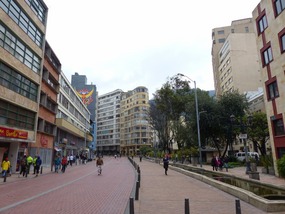
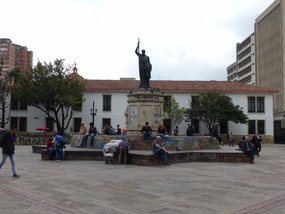
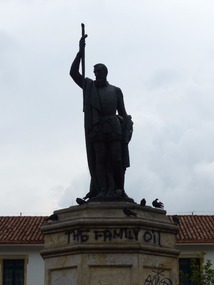
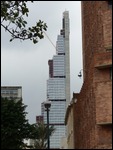


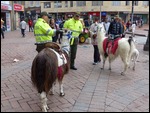

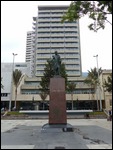
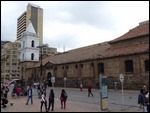
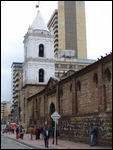

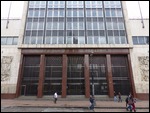
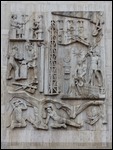
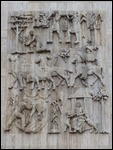

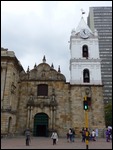
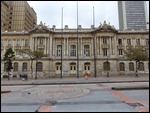
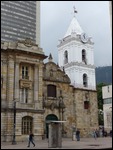
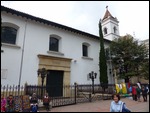
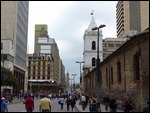
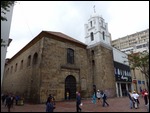

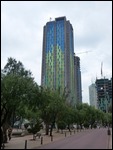

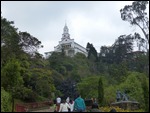


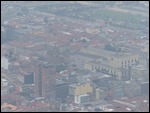
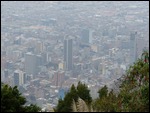
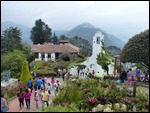
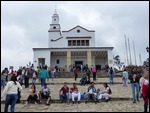


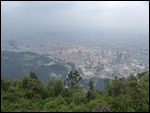
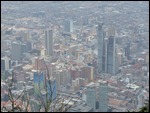
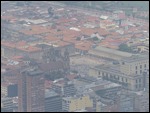
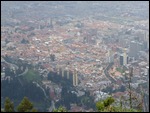
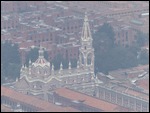
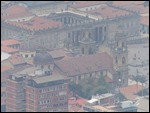
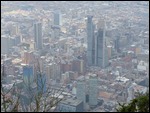

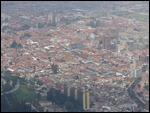
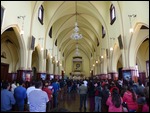
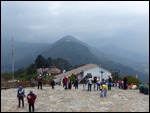
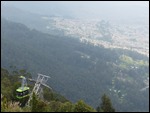
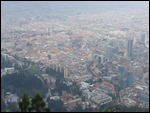
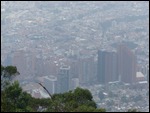
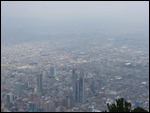
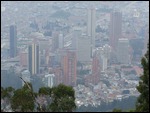
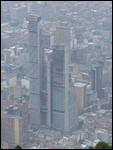
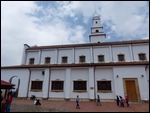
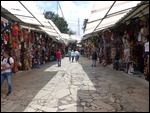
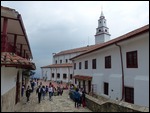

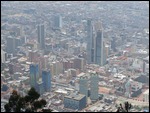
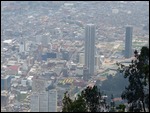
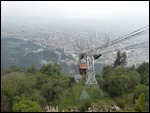
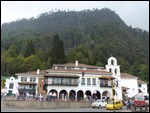


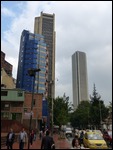
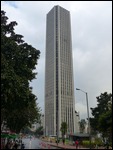


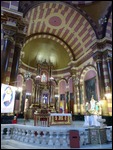
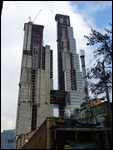
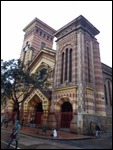
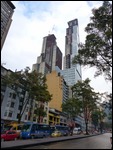
2025-05-23